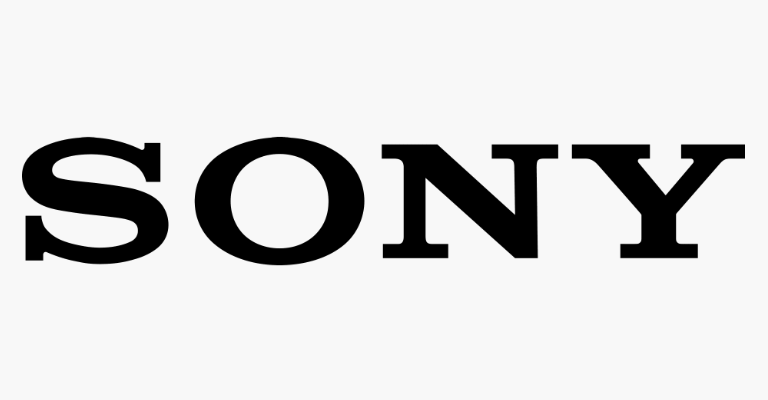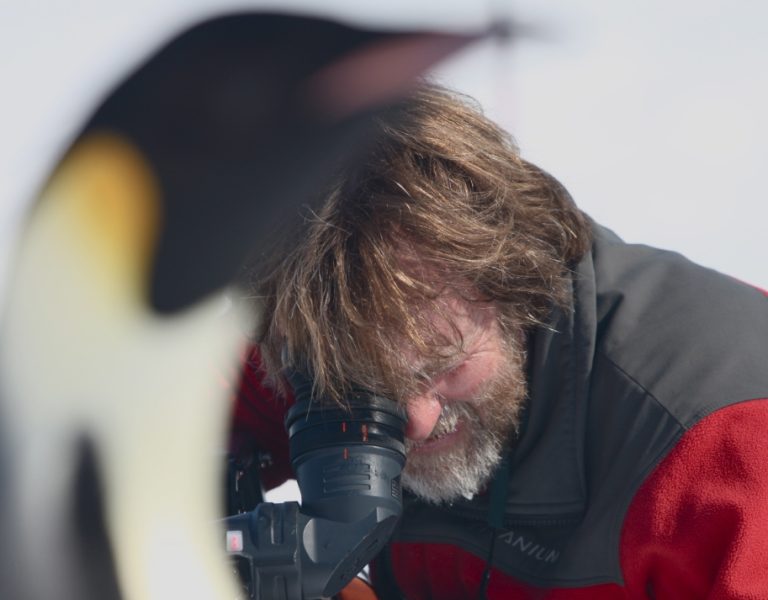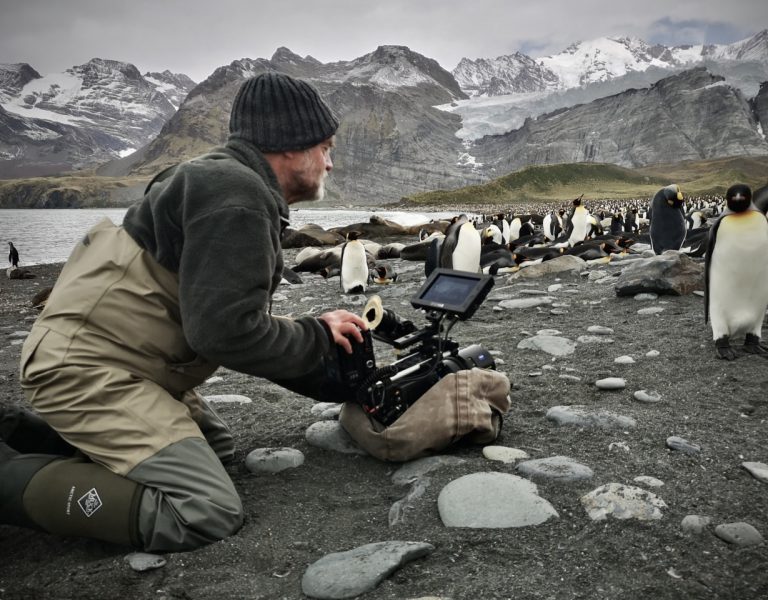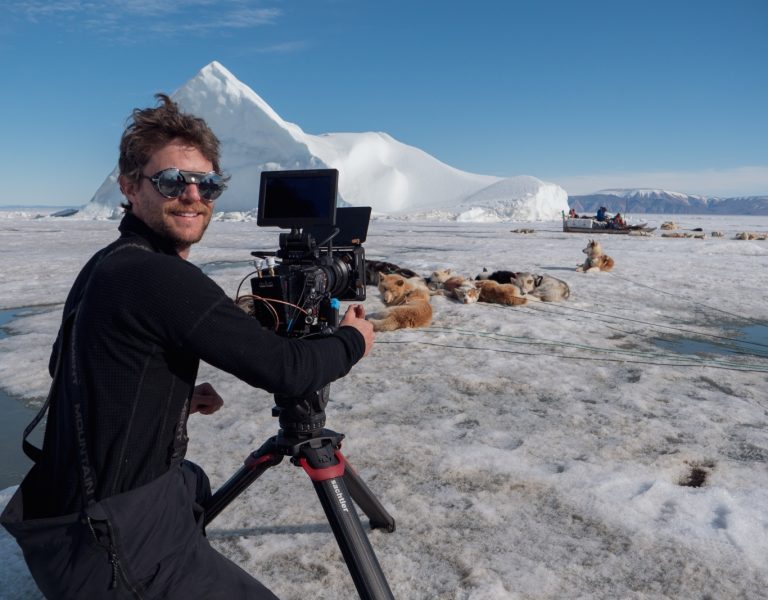FEMALES IN THE FRAME
As well as the female dynasties at the centre of the story in Queens, talented and passionate women took on key roles behind the camera and throughout the production team to capture the groundbreaking wildlife series.
After more than a century of bringing the world to readers via its distinctive, yellow-bordered magazine that usually stacked up generationally in homes and libraries, National Geographic is now perhaps even better known as one of the premier documentary producers on the planet, with topics ranging from wildlife and ecology, to human history, and more.
This is on display both on-screen and off, in new series Queens, which renowned wildlife cinematographer Sophie Darlington describes as focusing “on stories of female leadership in nature,” adding that when she started out, “there were almost no women role models in the natural history arena to aspire to. We set out to rectify this in Queens.”

And she’s not simply talking about lionesses, elephant matriarchs, or mama bears, but rather, who gets to make and shoot the stuff, to begin with.
Co-executive producer, showrunner and writer Chloe Sarosh says the series “came about following a meeting between a senior leader at Nat Geo, Janet Han Vissering and Wildstar Films CEO Vanessa Berlowitz. Vanessa pitched a single documentary about two female-led societies, lions and hyenas”. Han Vissering thought of going even bigger and making a series, “the first ever […] about matriarchies and female dynasties. Without the meeting of two women at such a high level – a rare thing in this genre! – we doubt Queens would have been commissioned.”
Not only would the show “be groundbreaking […] but we also knew we had an opportunity for the way it was made to create a legacy. A female-led team would bring authenticity and new voices [which had] never been done on a premium wildlife series. We wanted female producers, directors, cinematographers, editors […] a female composer, [and] post production talent. Easier said than done.”

Darlington continues: “It meant we had to throw out the rule book on how projects like this were staffed to support female talent, many with young children that made months in the field impossible. In the world of cinematography the number of women at the level needed for a project like this can be counted on one hand.” Over a three-year period, Darlington, with fellow series DP Justine Evans, “alongside the best men in the business, trained, mentored and supported five female filmmakers from around the world. It quite literally changed the face of the industry!”
Darlington says that “from the outset our aim was to mentor and upskill women, and we did. As a result Tanzanian cinematographer Erica Rugabandana received technical training as well as practice in the field (on tools like RED, Canon CN20 and specialised thermal kit) that enabled her to go out and make her own stories and I don’t doubt that it instilled a desire to pay it forward.”

Sarosh adds that “doing something new is always daunting but here we were turning our backs on the type of behaviours that usually make the cornerstones of natural history [docs] – the hunts, the fights, the big flowing manes and instead focusing on the nuanced behaviour of the often less glamorous looking females. It was a huge risk. Would the shows be dramatic enough? But we needn’t have worried. Shoot after shoot the queens showed us just how impressive, smart, resilient, and complex they were. We were lucky enough to capture an incredible number of firsts – a lioness using her sexuality as currency to save her cubs, a hyena willing to kill her sister’s cub to get the crown, an orchid bee ‘cuckooing’ her own daughter’s nest and a brown bear who managed to keep her babies alive despite having a broken paw. This list goes on! We became so in awe of our queens, it became impossible not to see the similarities between their experience and that of being a woman. It confirmed the idea that we [wanted] the audience to see themselves, their friends and sisterhoods in these stories.
“When we first started on Queens a peer in our industry said, ‘Oh that series the girls are making.’ We knew then that not only did Queens need to be good, it had to be excellent. It feels good to be here now and show just what the ‘girls’ made!”

–
Words by: Mark London Williams
























